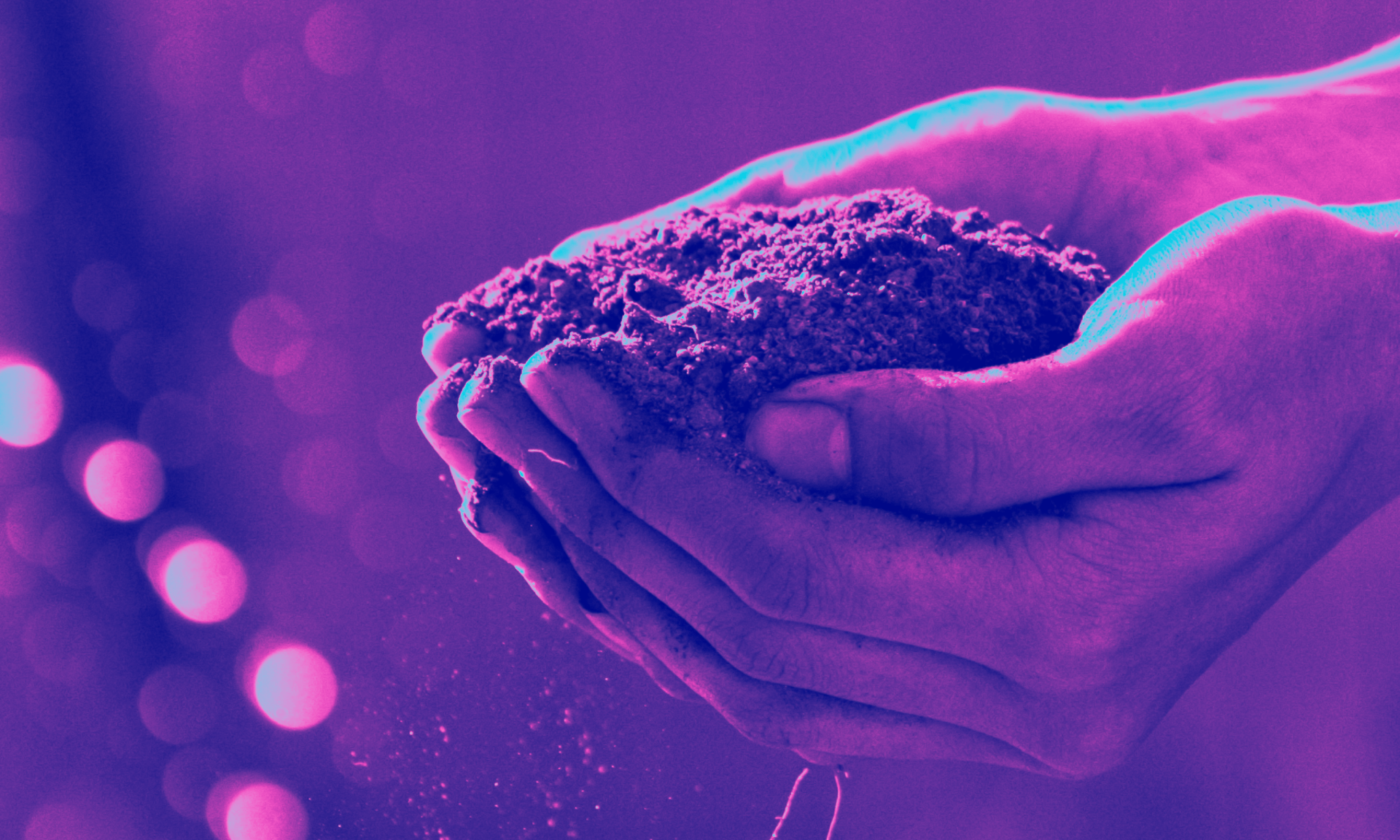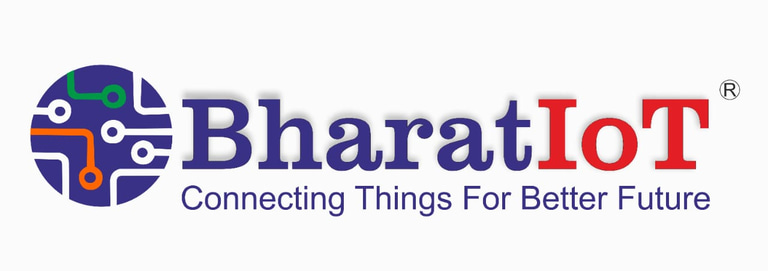IoT in agriculture
IoT (Internet of Things) in agriculture refers to the use of connected devices and sensors in farming operations to collect and analyze data on weather, soil conditions, crop growth, and other factors. This data can be used to optimize crop yields, reduce costs, and improve overall efficiency in agriculture. Examples of IoT applications in agriculture include precision farming, smart irrigation systems, and remote monitoring of livestock.

The Internet of Things (IoT) is rapidly transforming the way we approach agriculture, providing farmers with new tools to improve crop yields, reduce costs, and increase overall efficiency. By connecting devices and sensors to the internet, farmers can now collect and analyze data on weather, soil conditions, crop growth, and other factors to make more informed decisions and optimize their operations.
One of the most significant benefits of IoT in agriculture is precision farming. By using sensors to gather data on soil moisture, temperature, and nutrient levels, farmers can make more informed decisions about planting, irrigation, and fertilization. This leads to more efficient use of resources and better yields. For example, a farmer can use a sensor to measure soil moisture and temperature, and then use this data to determine the best time to plant a crop. By planting at the optimal time, the farmer can increase the chances of a successful harvest.
Smart irrigation systems are another example of IoT in agriculture. These systems use sensors to measure soil moisture and weather conditions to determine when and how much to water crops. This reduces water waste and ensures that crops receive the right amount of moisture at the right time. Smart irrigation systems also can detect leaks or other issues with the irrigation system and alert the farmer to take action.
IoT also plays a role in livestock management. By using sensors to monitor the health and behavior of animals, farmers can detect early signs of illness and take action to prevent outbreaks. This improves animal welfare and reduces costs associated with treating sick animals. For example, a sensor can be attached to a cow to monitor its activity, temperature, and other factors. This data can be used to detect when the cow is in heat, and a farmer can then take action to breed the cow at the right time.
In addition, IoT allows for better supply chain traceability in agriculture. By using RFID tags and other technologies, farmers can track the movement of crops from the field to the market, ensuring food safety and quality. For example, RFID tags can be placed on fruits and vegetables as they are harvested, and then scanned at each step of the supply chain. This allows farmers and retailers to track the movement of produce, ensuring that it is fresh and safe to eat.
IoT in agriculture can also help to reduce the environmental impact of farming operations. For example, precision farming can reduce the use of fertilizers and pesticides, and smart irrigation systems can reduce water waste. Additionally, by using IoT to improve the efficiency of farming operations, farmers can produce more food using fewer resources.However, IoT also has its own set of challenges, such as data security, data management, and how to interpret the large amount of data collected. It is important that farmers and other stakeholders work together to overcome these challenges and fully realize the potential of IoT in agriculture. Additionally, IoT devices and sensors can be expensive and require regular maintenance, which can be a challenge for small farmers.
Overall, IoT is revolutionizing the way we approach agriculture. By connecting devices and sensors to the internet, farmers can now collect and analyze data to make more informed decisions and optimize their operations. This leads to better yields, reduced costs, and a more sustainable agricultural industry. As technology continues to evolve, we can expect to see even more ways in which IoT will benefit the agricultural industry.
Contact us
Whether you have a request, a query, or want to work with us, use the form below to get in touch with our team.
